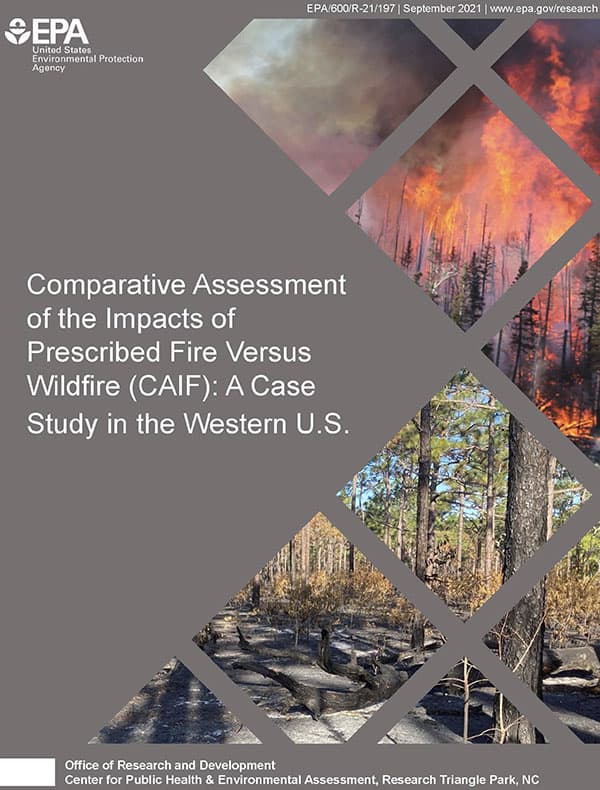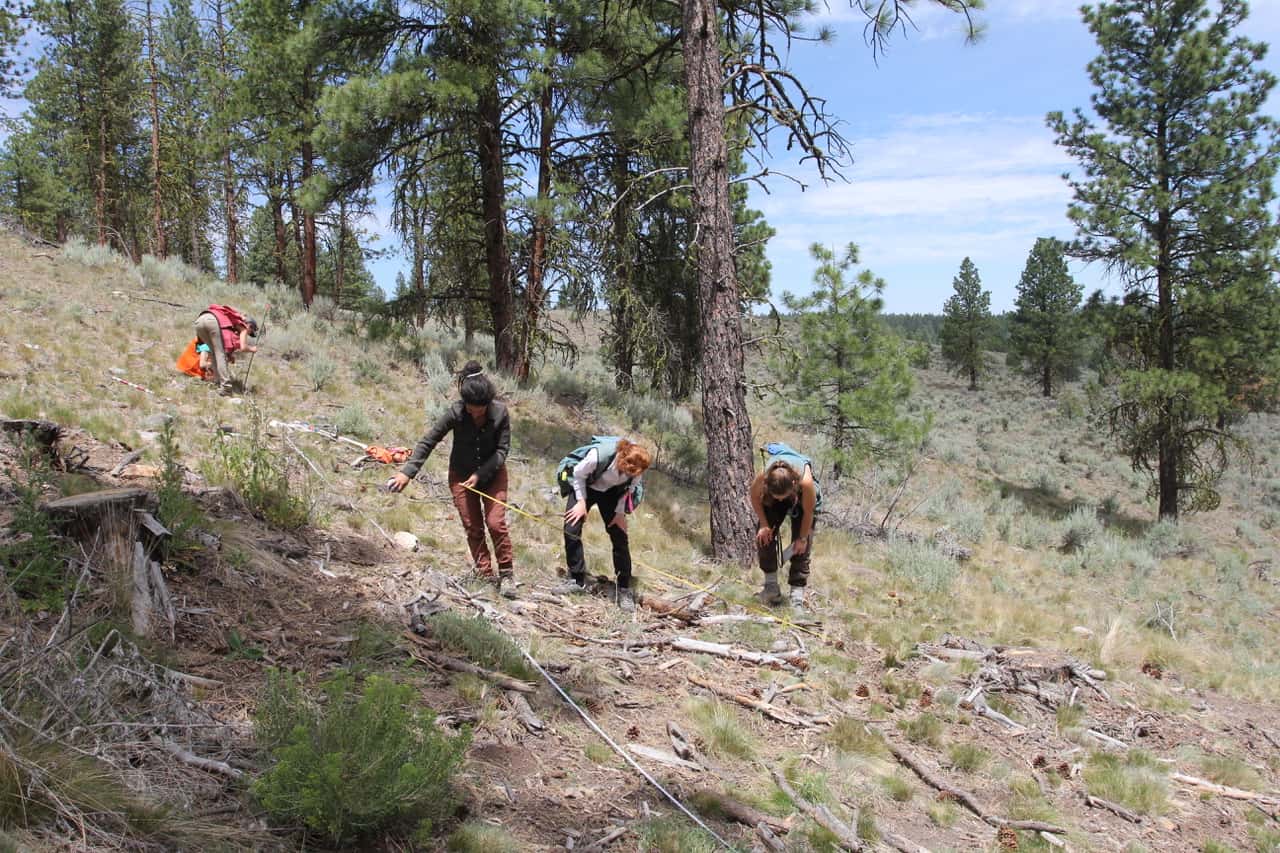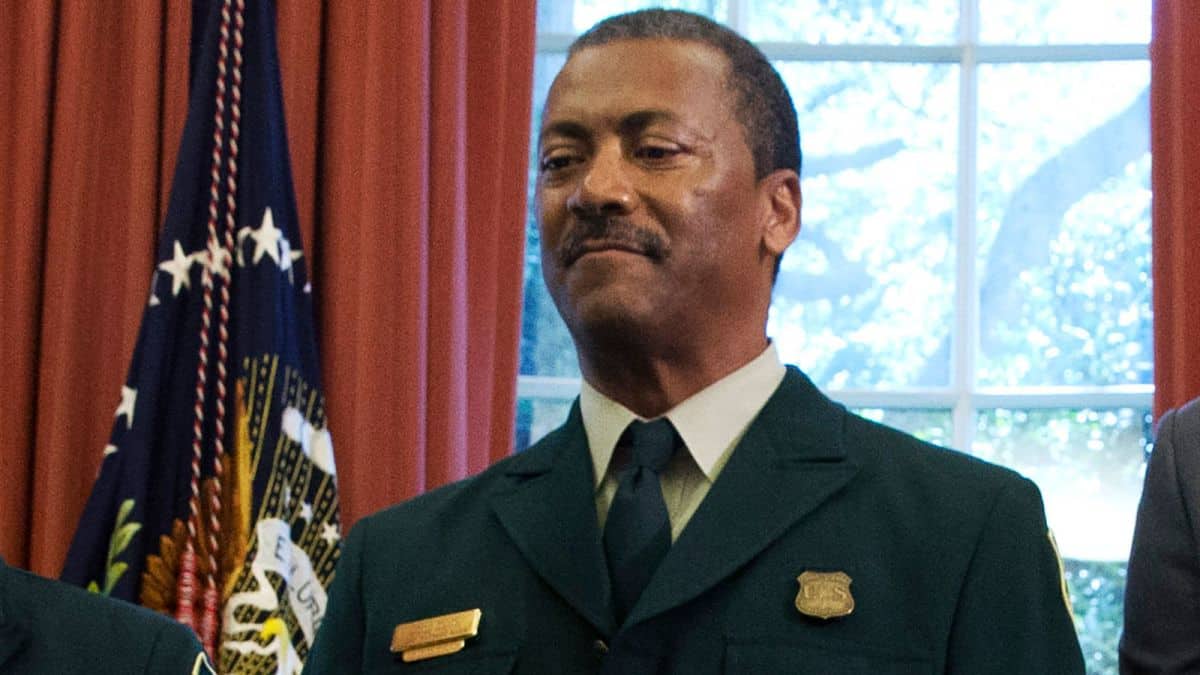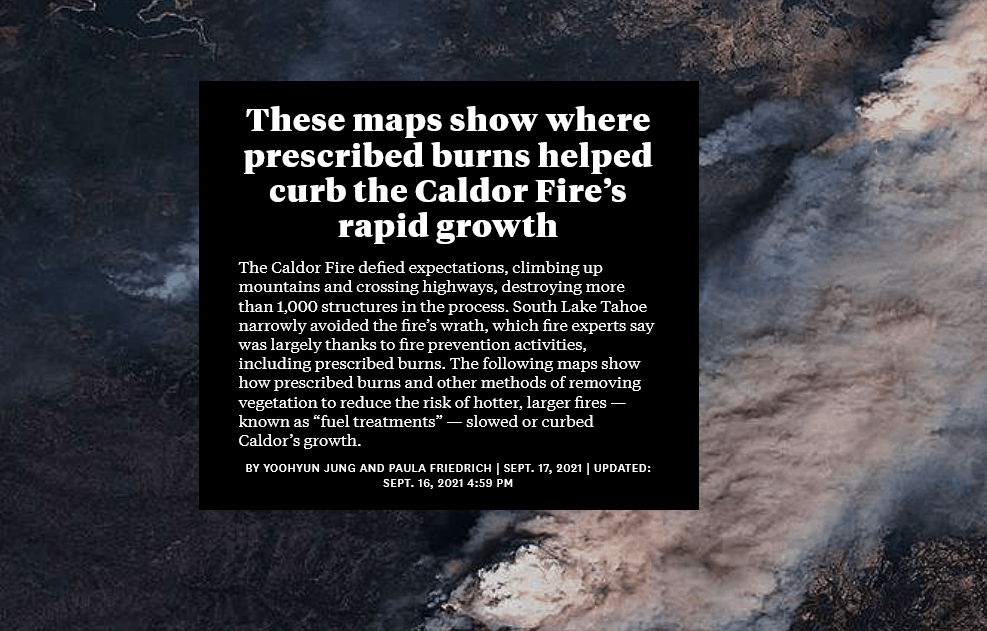
I’d like to start a discussion on a topic I’ve been wondering about, and that Bob Zybach brought up peripherally in a previous discussion of reforestation history.
I know that there is a massive push for a Climate Corps. It appears that they would plant trees, and do wildfire mitigation, among a host of other things. But, as Bob pointed out, previously when the Forest Service had big reforestation programs, it went from native workers to undocumented immigrants (how much an artifact of not being desirable jobs/ FS contracting policy?). The 80’s were really different from today, but then so were the 30s (original CCC). And working in the woods has probably not changed all that much (or has it?)
Then there’s the issue of our current low paid positions going unfilled AKA labor shortage. Certainly it would be an adventure for those wanting to get away from home and not join the military. But the military has had the problem with recruits being overweight and out of shape, I wonder whether the new CCC might have the same problem?
While the jobs should pay at least $15 an hour, those likely to join the climate corps “are not doing it for the compensation,″ Neguse said. “They know it’s important to connect to nature and do important work for their state and the nation.″
Details are still being worked out, but Neguse and other Democrats say the program should pay “a living wage″ while offering health care coverage and support for child care, housing, transportation and education.
It seems to me that those are fundamentally different conditions than during the Depression, the origin of the CCC. Also perhaps more people then (raised on farms?) were used to hard physical labor?
Here’s what a professor at Syracuse says:
David Popp, a professor of public administration at Syracuse University, said a key distinction between the original Civilian Conservation Corps and the new climate contingent is that the U.S. economy is not in a depression — great or otherwise — as it was during Franklin D. Roosevelt’s presidency.
While U.S. employers added just 235,000 jobs in August, the unemployment rate decreased slightly to 5.2% as the economy continues to recover from the coronavirus pandemic.
Most of those being targeted for the new climate corps “could find employment elsewhere,″ Popp said, noting a proliferation of help-wanted signs at retail businesses across the nation.
“I don’t know that an unemployed coal worker in West Virginia is going to move to Montana to take a minimum-wage job to restore streams,″ he said.
On the other hand, some of his own students are highly motivated by the climate crisis and may want to spend a year or two on an outdoor job that helps address an existential threat to the planet, Popp said.
“Many young people are very passionate about the environment, and they may see this as an opportunity to do something about the environment and still get paid for it,″ he said.
A bit puzzling is what Senator Markey of Massachusetts said:
Sen. Ed Markey, D-Mass., a prominent supporter of the climate corps, said such criticism overlooks important benefits.
The program will help communities recover from climate disasters such as Hurricane Ida and Western wildfires while creating “good-paying jobs that can turn into clean-economy careers,″
I’m not sure reforestation or cutting and burning trees have ever led to “clean-economy” careers, but I’m sure they are different kinds of jobs in other parts of the country. Say, solar installation might have a completely different career path than tree planting. Perhaps they would go to school afterwards (at the same schools they would otherwise attend)? And perhaps we have a pathway that has led already to many land managers and park ranger careers- wildland firefighting.
And also puzzling..
Rep. Joe Neguse, a Colorado Democrat who has co-sponsored a climate corps bill, said it’s important to train the next generation of U.S. land managers, park rangers and other stewards of our natural resources.
“This bold investment is a necessary response to the climate crisis and prioritizes the maintenance and upkeep of public lands,″ he said.
I’m not disagreeing with him, but there are places where this training occurs, or at least the training that qualifies people to do those jobs in the federal government. We’d have to ask the folks, say at CSU (in Neguse’s district) if they have enough students in the pipeline to fill future jobs. In our world, there has always tended to be more people than jobs.. perhaps this has changed and we need more people in the pipeline?
Like so many political ideas that sound so plausible in DC, I wonder if these concepts have been vetted by those with experience running these kinds of programs. Or maybe a way forward would be to try it on a smaller scale in different parts of the country, doing different kinds of projects, and learn by doing. We know our wildfire folks have been having trouble with Covid in camps.. is this a good time to start camps, or wouldn’t there be camps? Then there’s the question of locational social justice (I just made up that term).. if these jobs are in underserved or poor communities, should local people have some kind of priority? Maybe those concerns are all addressed in the bill- I haven’t read it, hopefully someone out there is familiar with it.
So I’m raising the question here.. does anyone have recent experience on how this might work in practice? Do States, our laboratories of democracy, have successful examples? Do our friends who run Job Corps centers and fire camps have any relevant observations? And, of course, the historical perspective on major reforestation efforts is always welcome.






